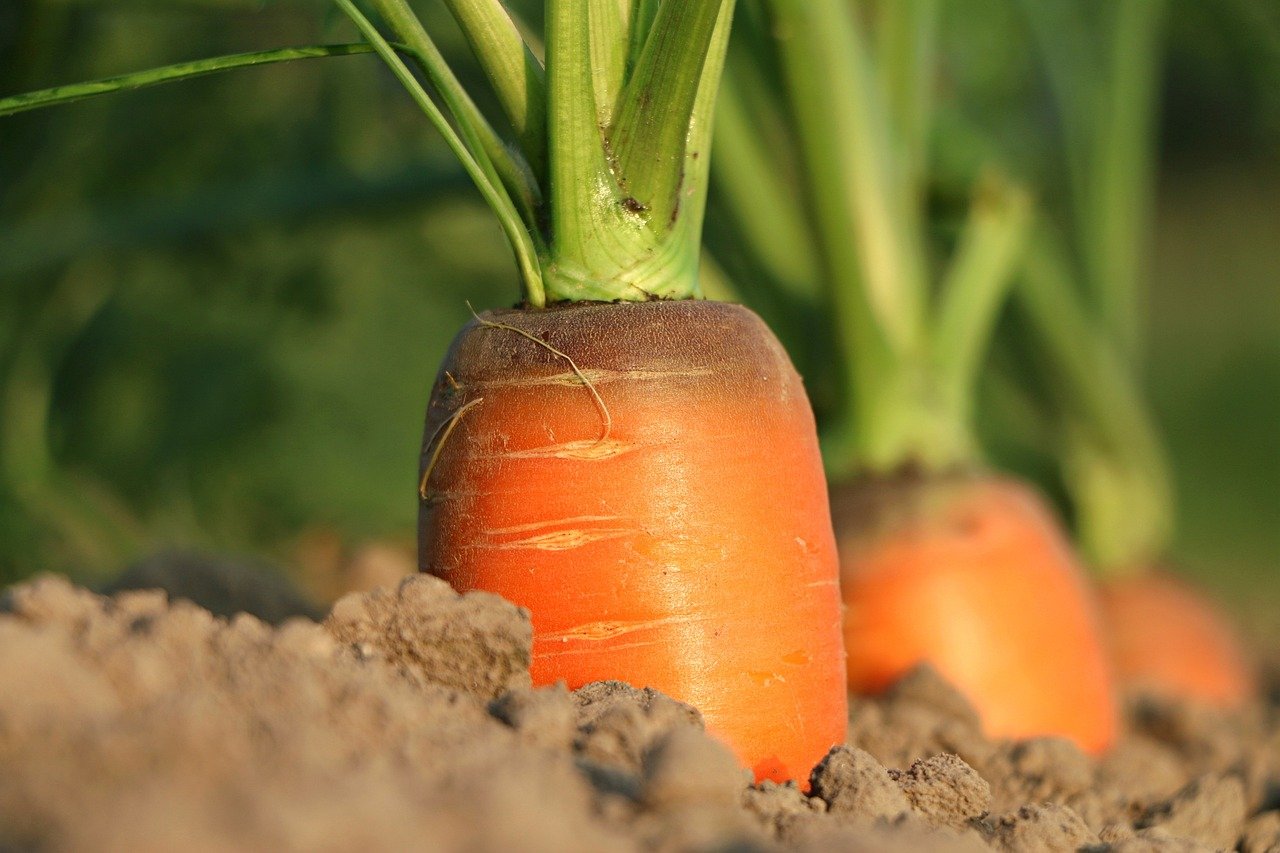In the quest for sustainable farming, the use of automated weeding machines has emerged as a groundbreaking innovation. For farmers and agtech innovators alike, these machines promise to transform traditional farming by reducing costs, minimizing chemical usage, and increasing efficiency.
In this blog post, we’ll explore the vital role that automated weeding machines play in modern agriculture, the technology behind them, and how they can make a significant impact on the future of farming.
Understanding Automated Weeding Machines
Automated weeding machines are robotic solutions designed to identify and remove weeds from agricultural fields. These machines use advanced technologies like machine learning, computer vision, and robotics to detect and eliminate unwanted plants with precision. With the ability to operate autonomously, they reduce the need for manual labor, offering a more efficient approach to weeding.
The increasing interest in automated weeding machines stems from their ability to address several challenges faced by farmers today. Traditional weeding methods often involve labor-intensive and costly practices. By automating the process, farmers can focus on other critical aspects of crop production. This innovation also aligns with sustainable agriculture efforts, as it reduces the dependency on chemical herbicides.
Another key advantage of automated weeding machines is their precision. Unlike human laborers, these machines can detect weeds at an earlier stage of growth, preventing them from competing with crops for nutrients, water, and sunlight. This early intervention results in healthier crops and higher yields, ultimately benefitting the farmer’s bottom line.
The Technology Behind Automated Weeding
The technology powering automated weeding machines is at the forefront of agtech innovation. Utilizing sophisticated sensors and imaging systems, these machines can distinguish between crops and weeds with remarkable accuracy. Machine learning algorithms enable them to improve their performance over time, adapting to different crop types and field conditions.
Computer vision plays a crucial role in the operation of automated weeding machines. Equipped with cameras and sensors, the machines capture real-time images of the field. Advanced software processes these images to identify weeds based on their shape, size, and color. This data-driven approach ensures that only the unwanted plants are targeted, leaving crops unharmed.
Robotics technology allows these machines to maneuver through fields with ease. Some models are designed to operate in various terrains and weather conditions, ensuring consistent performance regardless of environmental factors. This adaptability makes them a valuable asset for farmers looking to optimize their weeding processes.
Benefits for Farmers and Agtech Innovators
For farmers, the adoption of automated weeding machines offers numerous benefits. One of the most significant advantages is cost reduction. By reducing the need for manual labor and chemical herbicides, farmers can save on operational expenses. This cost-efficiency is especially attractive for small and medium-sized farms looking to maximize their resources.
The environmental impact of automated weeding machines is another compelling factor. By minimizing chemical usage, these machines contribute to a healthier ecosystem, protecting soil and water quality. This aligns with the growing trend towards sustainable farming practices, attracting environmentally-conscious consumers and investors.
Agtech innovators also stand to gain from the development and implementation of automated weeding machines. By collaborating with farmers, they can refine their technology and expand their market presence. The growing demand for sustainable solutions presents opportunities for agtech companies to showcase their expertise and drive industry advancement.
Challenges and Considerations
While the potential of automated weeding machines is immense, there are challenges that need to be addressed. One such challenge is the initial investment required for these machines. Although they offer long-term cost savings, the upfront cost can be a barrier for some farmers. Financial assistance or leasing options may be necessary to make these machines more accessible to a broader audience.
Another consideration is the machine’s adaptability to different crops and field conditions. While many models are versatile, continuous research and development are needed to ensure compatibility with diverse farming environments. Collaboration between farmers and agtech developers is crucial to address these challenges and enhance the technology’s effectiveness.
Training and support are also essential components of successful integration. Farmers need to understand how to operate and maintain the machines to maximize their benefits. Agtech companies can play a pivotal role in providing training and ongoing support to ensure a seamless transition to automated weeding.
The Future of Farming with Automated Weeding
The future of farming is poised for transformation with the widespread adoption of automated weeding machines. As technology continues to evolve, these machines are expected to become more efficient, affordable, and versatile. Innovations in AI and robotics will further enhance their capabilities, making them an indispensable tool for farmers worldwide.
The integration of data analytics and IoT (Internet of Things) technology will enable farmers to gain deeper insights into their fields’ conditions. This data-driven approach can lead to more informed decision-making, optimizing crop management and maximizing yields. Automated weeding machines are just the beginning of a new era in agriculture, where technology and sustainability go hand in hand.
In conclusion, automated weeding machines represent a significant advancement in agriculture, offering solutions to some of the industry’s most pressing challenges. For farmers and agtech innovators, these machines provide a pathway to increased efficiency, reduced costs, and sustainable practices.
By harnessing the power of technology, the future of farming looks brighter than ever. If you’re interested in exploring more about agtech solutions, consider reaching out to leading agtech companies for insights and partnerships.











